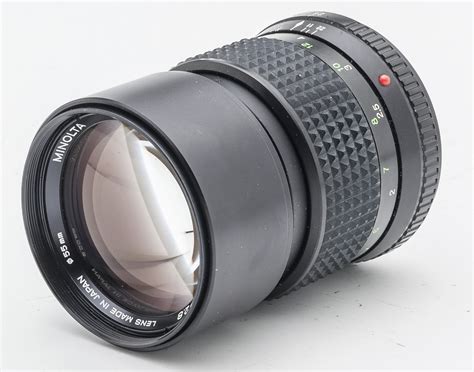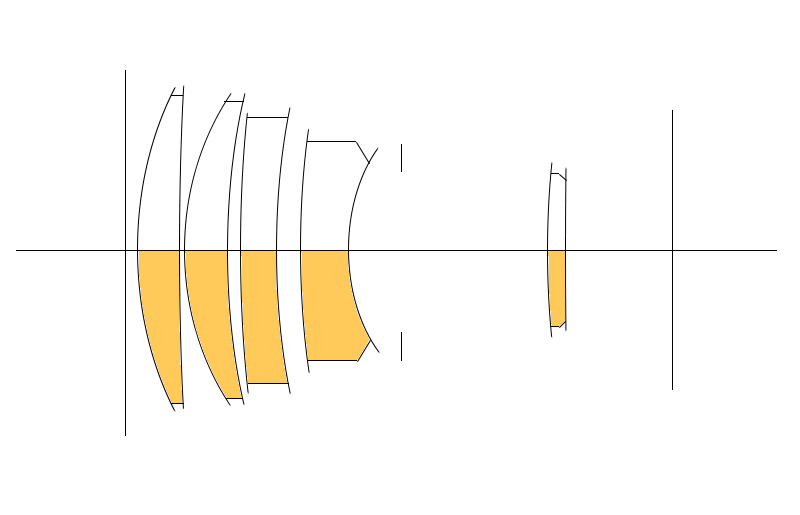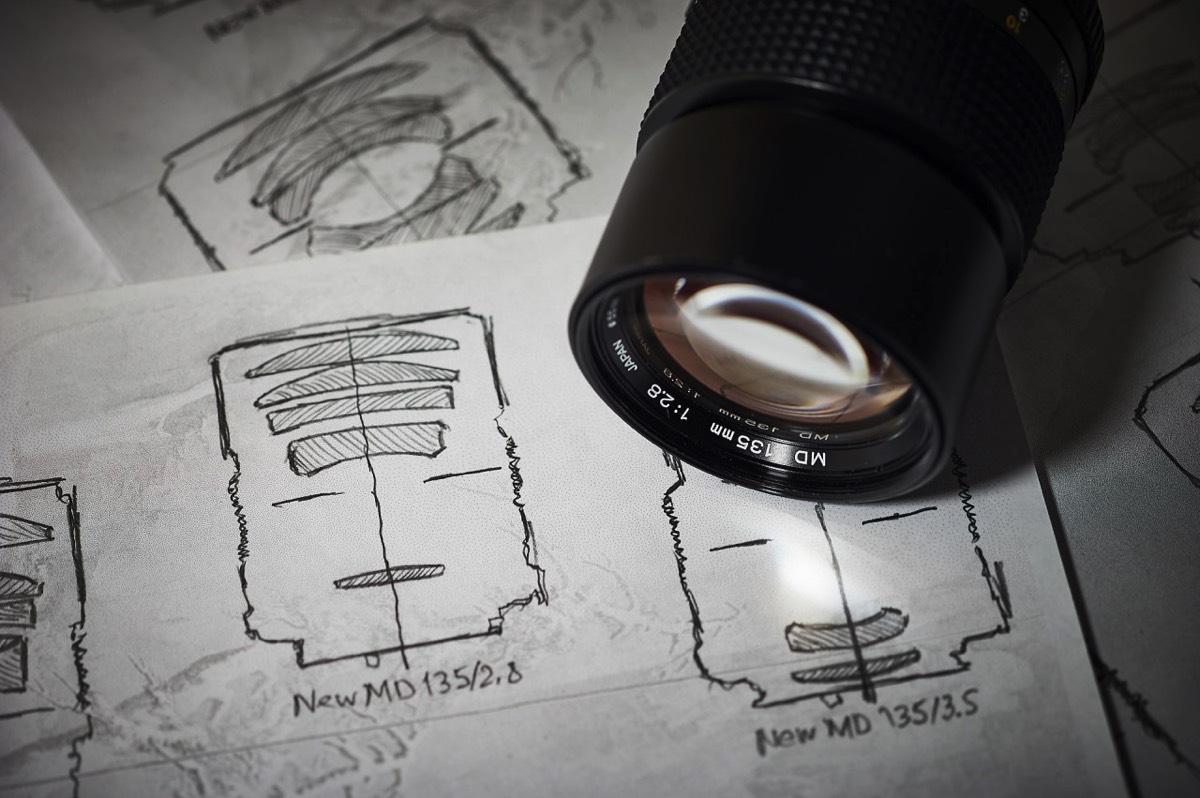The Lens details of a series of images taken by Steve Cushing on mirrorless camera.
Fitting is a Minolta bayonet mount with a 43.5mm
Flange Distance - this lens will fit and achieve focus to infinity mirrorless cameras but not on all DSLRs.
HistoryThe Lens details of a series of images taken by Steve Cushing on mirrorless camera.
When Minolta introduced their first SLR camera, the SR-2 in 1958, they started out with four lenses. These lenses where the 35mm wide angle, a 55mm normal lens, a 100mm short tele lens and a 135mm tele lens.
So how did these Japanese companies take over from the early German companies?
After the war, with many plants bombed and the Russians taking over East Germany, production cost for making lenses were a lot cheaper in Japan. Even before the war German optics companies started to partner with Japanese companies to manufacture optic lenses used in industry and in cameras. Japan as one, if not the only industrialised Asian nation in the world at that time, had the capability and the cheap labour to entice German manufacturers to move some of their production there. Similar to what is happening right now with China.
Together with this and a new post-war Japanese law and export control system, Japanese optics companies were effectively out of the business from military purpose optics for long time into the future. So, a company that was making gun sight for fighter plane or war ships optics for battleship had to start competing on civilian market to survive or too close down. There was no carry on as normal option for them.
European manufacture did not suffer this problem as much as Japanese did, as they still had lucrative military optics markets that grew even more as cold war kicked in. Even decades after the Japanese started to return to scientific with a partial return to military optics market, they still had to make the majority of their money in consumer, industrial, or medical optics market. Another advantage Japan had was they could use military developments for domestic products. Autofocus technology for example were really designed for the military so this was quickly adapted for civilian purpose in Japan, but remained secret in the rest of the world as it was used for military purposes and companies were not permitted to use it outside of these military fields.
The Japanese soon became so adept at making advanced camera lenses, originally for the Germans and then for their own domestic use, that companies like Nikon, Olympus, Minolta started. Canon was an off-shoot of Nikon. And so, the Japanese came to dominate the camera as well as the lens market. The Germans still have Leica of course which is considered the most expensive camera system in the world.
Autofocus technology for example were really designed for the military so this was quickly adapted for civilian purpose in Japan but remained secret in the rest of the world as it was used for military purposes.
The terms MC and MD relate to different series’ of Minolta lenses, with different features. All of the lenses, however, use a SR mount.







